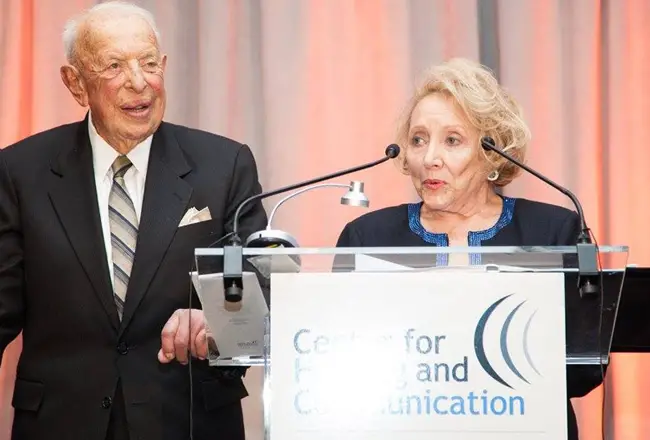Engine integration problems in the design of the CH-53K King Stallion helicopter manufactured by Sikorsky for the U.S. Marine Corps have been resolved after eight months of study and testing.

Sikorsky, a Stratford-headquartered subsidiary of Lockheed Martin, received two contracts this year from the U.S. Navy for its CH-53Ks. The helicopter is designed to conduct expeditionary heavy-lift transport of armored vehicles, equipment and personnel to support distributed operations deep inland from a sea-based center of operations.
The CH-53K is powered by three General Electric T-408 engines, but these engines created several integration issues in the aircraft, including exhaust gas re-ingestion (EGR).
“EGR occurs when the hot engine gases are ingested back into the system,” said Debbie Cleavenger, PMA-261 director of engineering at U.S. Naval Air Systems Command. “It can cause anything from increased life-cycle costs, poor engine performance and degradation, time-on-wing decreases, engine overheating and even engine stalls.”
Teams from Sikorsky and the military have worked since April and conducted more than 30 test events and evaluated 135 potential design solutions for engine integration in search of a solution.
“The systems constraints were significant,” Cleavenger said. “One change impacted multiple systems.”
While neither Sikorsky nor the military would provide specifics on how the problem was solved, a statement from Naval Air Systems Command said design models were developed before the chosen solution was subjected to “a rigorous series of test flights to collect data to validate the model.” Earlier this month, it was concluded the model”™s design modification could meet the military”™s standards for fleet aircraft operation.
“This is exactly what an integrated test team is supposed to do,” said Col. Jack Perrin, PMA-261 program manager in the heavy lift helicopter program office. “Bring their expertise to a project, look for resolutions in a dynamic and collaborative environment, determine the best path forward and keep this aircraft on track to the fleet.”




















